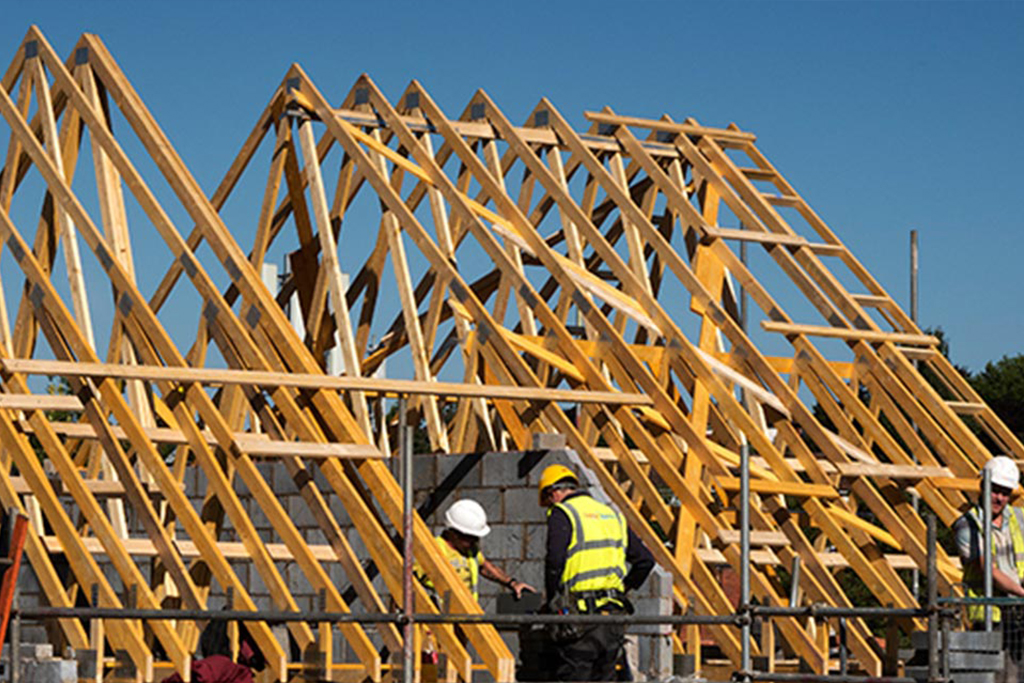Designing Mass timber bridge designs requires careful consideration of various factors to ensure structural integrity, durability, and safety. Timber, though a versatile and sustainable material, has specific characteristics that influence its performance in bridge applications. Here are key design considerations for Mass timber bridge designs:
- Load Requirements: Mass timber bridge designs must be designed to withstand anticipated live loads (such as vehicle traffic and pedestrians) and dead loads (the weight of the bridge structure itself). Design codes and standards specify minimum load requirements based on bridge type, location, and intended use.
- Material Selection: The choice of timber species is crucial in bridge design. Engineers consider factors such as strength properties, durability, availability, and susceptibility to decay and insect infestation. Commonly used timber species for bridges include Douglas fir, southern pine, oak, and spruce.
- Moisture Protection: Timber is susceptible to moisture-related issues like rot and decay. Proper design should incorporate strategies to minimize exposure to moisture, including adequate drainage, use of pressure-treated timber, and protective coatings or sealants.
- Durability Considerations: Designers must assess the expected service life of the Mass timber bridge design and select appropriate timber treatments or preservatives to enhance durability. Techniques like laminating, gluing, or using engineered timber products (e.g., glulam, CLT) can improve structural performance and longevity.
- Structural Design and Analysis: Mass timber bridge design are subject to unique design challenges related to timber’s inherent properties, such as low density, anisotropic behavior, and susceptibility to creep. Advanced computational tools and software are used to model and analyze Mass timber bridge design behavior under different loading conditions.
- Connection Details: Effective connection design is critical to ensuring the stability and performance of Mass timber bridge designs. Connections must accommodate timber’s characteristics, including shrinkage and expansion due to moisture changes. Techniques like glued connections, mechanical fasteners, and dowels are employed based on load requirements and durability considerations.
- Fire Safety: Timber’s fire resistance is a key consideration in bridge design, especially in urban areas or regions prone to wildfires. Fire-retardant treatments and design features like compartmentalization and separation can enhance fire safety without compromising structural integrity.
- Environmental Impact: Sustainable design practices prioritize minimizing environmental impact throughout the life cycle of Mass timber bridge designs, from material sourcing to construction and maintenance. Designers may incorporate life cycle assessment (LCA) methodologies to evaluate the overall environmental performance of Mass timber bridge design projects.
- Maintenance and Inspection: Mass timber bridge designs require regular inspection and maintenance to ensure structural safety and longevity. Design considerations should facilitate ease of access for inspections and accommodate maintenance activities such as timber replacement or surface treatments.
- Aesthetic Integration: Mass timber bridge designs offer aesthetic benefits that enhance their integration into the surrounding landscape. Design considerations should align with architectural and community preferences, balancing functionality with visual appeal.
In summary, successful Mass timber bridge design design involves a multidisciplinary approach that integrates structural engineering, material science, environmental considerations, and aesthetics. By addressing these key design considerations, engineers can leverage the unique properties of timber to create sustainable, durable, and visually appealing bridge structures. Ongoing research and technological advancements continue to expand the possibilities for Mass timber bridge designs in modern infrastructure development.
